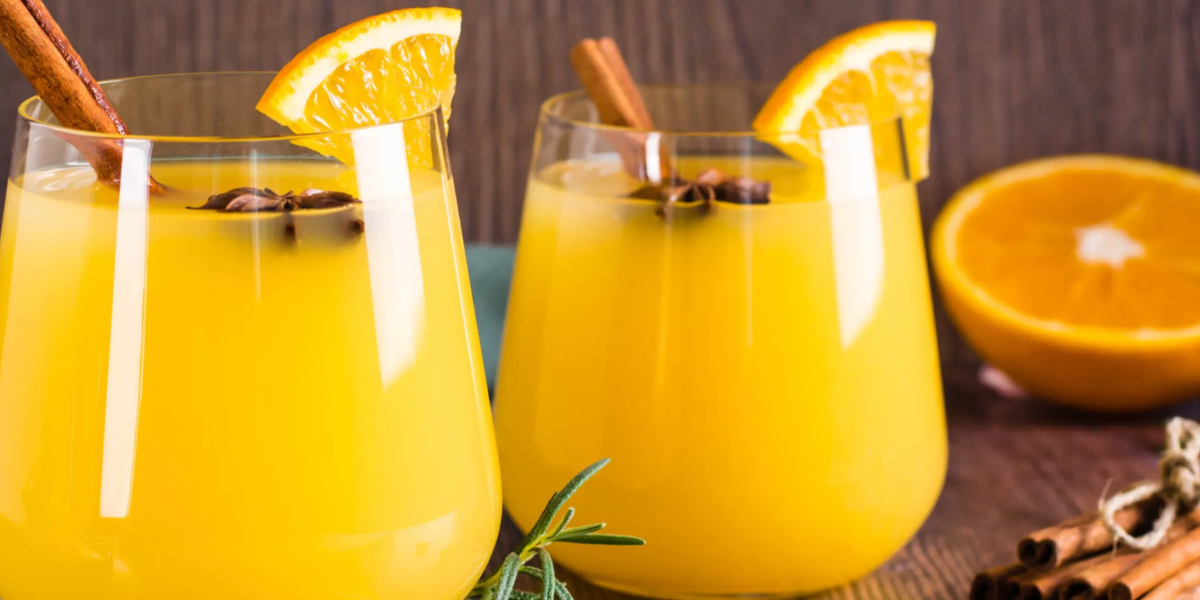Orange Juice Recipe: Fresh, Flavorful & Ready in Minutes
If you’re looking for the perfect orange juice recipe, you’re in the right place. Today, we’re breaking down how to make fresh-squeezed orange juice that’s naturally sweet, healthy, and bursting with citrus goodness. Whether you want a refreshing breakfast drink, a vitamin C boost, or a versatile juice for smoothies and cocktails, this guide covers … Read more





